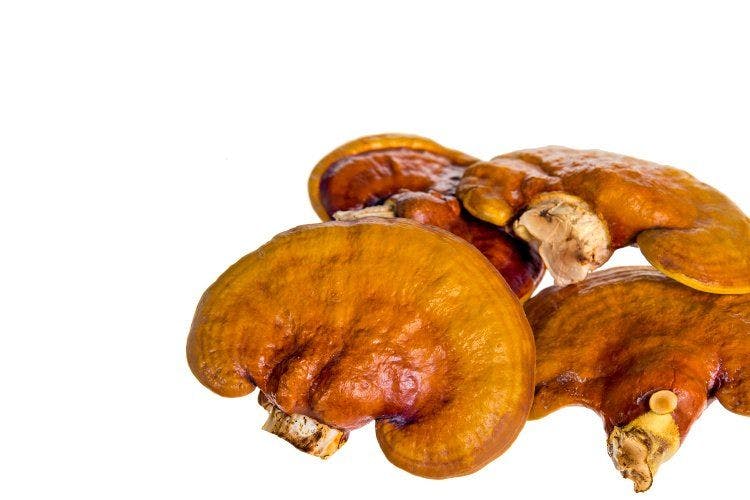Flavor modification is more challenging today as formulators try to improve the taste of natural, active ingredients
Flavor is always a challenging piece of the formulation puzzle due to the unpleasant notes that active ingredients can impart.
Photo © AdobeStock.com/udra11

Flavor is always a challenging piece of the formulation puzzle due to the unpleasant notes that active ingredients can impart in functional food and beverages. “Health and wellness foods and beverages contain a range of natural functional ingredients that may impart off-flavors and texture such as acidity, aftertaste, astringency, bitterness, chalkiness, and metallic notes,” explains Philip Caputo, marketing and consumer insights manager for Virginia Dare (Brooklyn, NY).
Finding a solution for off-flavors is additionally challenging because taste is subjective. “Bitter taste, for example, is a positive attribute to some consumers regardless of the product, while others find it appealing only in specific items like coffee or dark chocolate,” says Caputo. “Some find any bitterness completely unappealing.”
Because of this, there is no one-size-fits-all solution. But one of the best places to start is at the very bottom. “One of the main challenges we face is understanding what exactly we’ve been tasked to mask,” explains Will McCormack PhD, business development manager, Nutrition, at Synergy Flavors (Wauconda, IL). “Analyzing the base and the actives that are contributing to the off-notes is fundamental to developing an effective solution, as masking and bitterness-blocking are specific to the active(s).”
Only then can flavor chemists and applications scientists build a flavor solution that both accentuates the positive attributes of the base and conceals the negative attributes through a combination of masking and blocking techniques, keeping in mind that “the toolbox for natural masking and bitter-blocking compounds is more limited and, in general, less potent than synthetic compounds,” adds McCormack.
That is why early collaboration between flavor houses and manufacturers is important. “Our taste-improvement systems are application-specific,” says Caputo. “A single formulation does not fit all and likely includes a combination of off-taste masking, flavor profile enhancement, and sweetness enhancement. We identify each of our customers’ unique taste objectives or challenges, collaborate to develop a comprehensive solution, and tailor our natural taste-improvement ingredients to deliver preferred taste.”
While flavor modification is most effective on a case-by-case basis, there are processes in place to determine how best to pursue flavor modification.
Synergy, for example, has a five-step process. First, a trained panel will perform a sensory analysis to identify the sensory characteristics of the ingredient, such as a pea protein. The pea protein then goes through gas chromatography–mass spectrometry (GC-MS), which analyzes the sample, separating and identifying different flavor compounds and volatiles. Synergy describes this as a blueprint for a flavor. At the same time, gas chromatography–olfactometry (GC-O) identifies which of the volatiles contribute aroma, via expert assessment. So, when GC- MS detects a high concentration of aroma volatiles, human assessors identify what the aroma is (i.e., fatty) and then use the data to identify what compound is contributing to the aroma.
After this is flavor pairing in which the base (i.e., pea protein) is paired with a flavor that will most effectively complement it, enhancing desirable notes and masking unpleasant ones. Chocolate, for example, shares five common characteristics of flavor and aroma with pea protein-namely: floral, nutty, caramellic, fatty, and dairy. Using this data, flavor chemists can then create a custom flavor. Once the flavors are tailored, they are applied to the desired application such as powder, ready-to-eat, or ready-to-drink formats. Then they are evaluated by a team of sensory scientists in a blind taste test to determine how they measure up against existing products on the market.
There are a number of different ingredients that require attention regarding flavor modification, and more often than not, these ingredients are present in combination with one another. This makes the whole process trickier. “Typically, it’s a blend of functional ingredients, such as those contained in a product like a pre-workout formula,” says McCormick. “For example, individual amino acids such as L-citrulline, L-theanine, and L-arginine are combined with actives such as caffeine, theacrine, and/or a combination of botanical extracts, the number of which seems to be ever expanding!”
“We’re also seeing trending health and wellness ingredients that often require masking grow in popularity, such as turmeric, apple cider vinegar, ginger, ginseng, mushrooms, matcha, algae, and oats,” adds Caputo.
As more functional food and beverage products hit the market, flavor modification will only get better. This is clear from the huge strides that have already been made in the space, making functional ingredients, like protein, more accessible to everyday consumers.

Prinova acquires Aplinova to further increase its footprint in Latin America
April 7th 2025Prinova has recently announced the acquisition of Brazilian ingredients distributor Aplinova, which is a provider of specialty ingredients for a range of market segments that include food, beverage, supplements, and personal care.
HHS announces restructuring plans to consolidate divisions and downsize workforce
Published: March 27th 2025 | Updated: March 27th 2025According to the announcement, the restructuring will save taxpayers $1.8 billion per year by reducing the workforce by 10,000 full-time employees and consolidating the department’s 28 divisions into 15 new divisions.






















